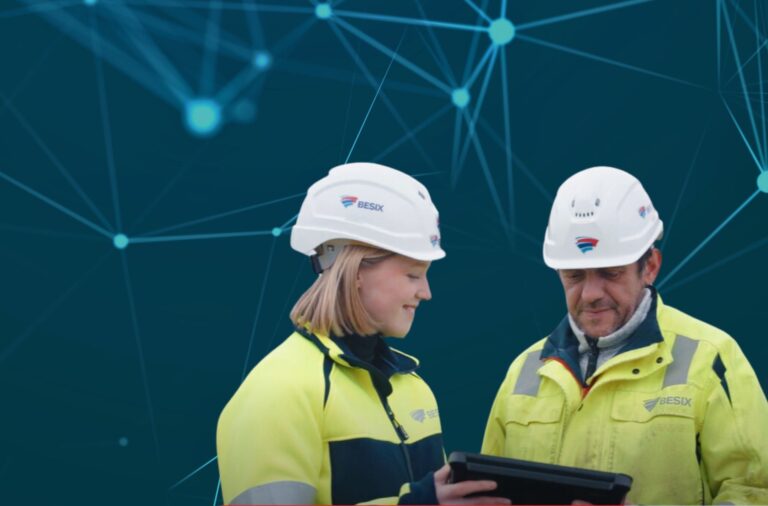
Many organisations hold off on upgrading their EHS (Environment, Health, and Safety) systems, believing that sticking with their current processes is more cost-effective. But the truth is, delaying an upgrade often results in hidden costs that add up over time—costs that impact your efficiency, compliance, and overall safety outcomes.
Here’s why waiting to upgrade your EHS system could be costing your business more than you realize.
1. Rising Administrative Costs
Manual processes and outdated systems often require more time and effort from your team. Hours spent on repetitive tasks like reporting, tracking incidents, and updating spreadsheets add up quickly, pulling focus away from proactive safety initiatives.
Upgrading to an automated, configurable EHS system can free up valuable time, allowing your team to focus on high-impact activities that drive safety improvements.
Example: Imagine reducing reporting time by 50% with an automated system. What could your team achieve with that extra time?
Learn how automation and integration can help reduce admin load.
2. Missed Compliance Opportunities
Outdated systems can make it harder to stay compliant with evolving regulations. Keeping track of changes, maintaining accurate records, and generating reports becomes more complex—and mistakes can lead to costly fines or legal action.
A modern EHS system automates compliance workflows, ensuring you stay on top of requirements without the administrative burden.
Did You Know? Non-compliance can lead to hefty fines, with penalties reaching over $150,000 per violation in the U.S., millions for serious breaches in Australia, and unlimited fines in the UK. Upgrading your EHS system helps you stay ahead of regulations and avoid these costly risks.
3. Disjointed Safety Data Increases Risk
When safety data is scattered across multiple systems or stored manually, it’s harder to spot trends and address risks before they escalate. This can lead to more incidents, higher injury rates, and increased insurance premiums.
An upgraded EHS system centralises data, making it easier to identify and mitigate risks in real time.
Insight: The International Council on Mining and Metals (ICMM) and the National Safety Council both emphasize the role of centralised data as a proven strategy for reducing incidents, improving safety outcomes, and identifying risks earlier (ICMM, Injury Facts).
4. Sitting Idle Increases Your Exposure to Risks
Delaying an upgrade leaves your organisation vulnerable to growing risks that could have been prevented. Systems that aren’t regularly updated become outdated quickly, increasing the chance of:
- Cyberattacks and data breaches, which put sensitive safety data at risk.
- Gaps in reporting and communication, making it harder to manage compliance and safety initiatives.
- Unreliable reports due to systems that can’t adapt to changing regulations or business needs.
- Employee disengagement from safety programs due to inefficient and frustrating systems.
5. Reputational Damage
A poor safety record can damage your organisation’s reputation, making it harder to attract clients, partners, and top talent. In industries where safety is a priority, your track record matters.
Investing in an upgraded EHS system shows a commitment to safety and continuous improvement, enhancing your reputation and trustworthiness.
Additional Insight: A strong safety record not only protects your reputation but can also be a key differentiator in competitive industries, influencing client decisions and partnership opportunities.
6. Lost Competitive Advantage
Forward-thinking companies are already leveraging modern EHS systems to reduce costs, improve safety outcomes, and win new business. Waiting too long to upgrade could leave you behind competitors who are taking a proactive approach.
Tip: Clients and partners are more likely to work with businesses that demonstrate strong safety processes and compliance.
What’s the Cost of Doing Nothing?
Every day you delay upgrading your EHS system, risks continue to pile up—whether it’s preventable incidents, compliance gaps, or wasted hours spent on manual processes. The cost isn’t just financial; it’s the strain on your team, the missed opportunities for improvement, and the growing exposure to risks that could have been prevented.
Think about it—how much time does your team lose wrestling with outdated systems? How often do reporting delays or data silos make it harder to spot risks before they escalate? Every inefficiency adds up, quietly draining resources and leaving your organisation vulnerable to costly penalties, reputational damage, and avoidable safety failures.
Future-ready systems like HSI Donesafe keep you compliant, empower you to take control, reduce risks, and drive real, measurable improvements across your organisation.
So, the question isn’t just why upgrade?—it’s how much longer can you afford to wait? Let’s explore how you can make the shift today.
Share:



